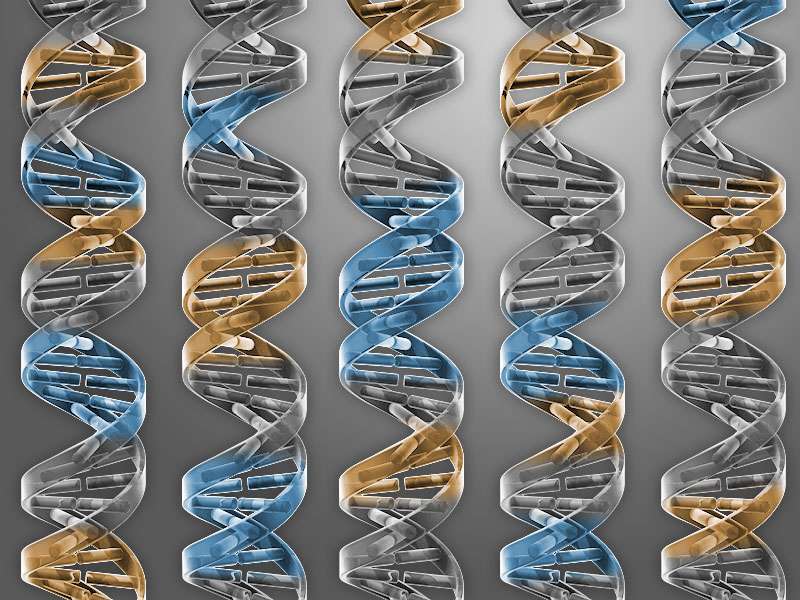Scientists repair gene defect in stem cells from patients with rare immunodeficiency

Scientists have developed a new approach to repair a defective gene in blood-forming stem cells from patients with a rare genetic immunodeficiency disorder called X-linked chronic granulomatous disease (X-CGD). After transplant into mice, the repaired stem cells developed into normally functioning white blood cells, suggesting the strategy could potentially be used to treat people with this disease.
X-CGD is caused by mutations in the gene CYBB, which provides instructions for production of a protein called NOX2. Defects in NOX2 impair the infection-fighting ability of white blood cells, leaving people with X-CGD highly susceptible to life-threatening infections. In the study, scientists from the National Institute of Allergy and Infectious Diseases (NIAID), part of the National Institutes of Health, focused on a CYBB mutation in which a single change in the genetic code leads to production of inactive NOX2.
The investigators used the gene editing tool CRISPR-Cas9 to specifically target and repair this mutation in blood-forming stem cells isolated from two X-CGD patients. Their targeted gene-repair method restored the defective CYBB sequence to the sequence that would appear in a healthy person, rendering the corrected gene indistinguishable from the normal gene. The researchers did not detect any unintended effects resulting from the CRISPR-Cas9 gene editing. Other gene therapy approaches that seek to restore the function of a mutated gene often introduce additional changes, including addition or loss of genetic material.
The repaired stem cells from X-CGD patients continued to behave normally after transplant into immunodeficient mice, developing into white blood cells that produced functional NOX2 for up to five months. The authors note that although more work is needed, this study provides a proof-of-principle that this gene-editing strategy can repair small disease-causing mutations in blood-forming stem cells.
The scientists plan to perform additional studies with the ultimate goal of developing this approach into a clinical treatment for people with X-CGD. They suggest that this approach to gene correction also may be applicable to other blood diseases caused by mutations in a single gene, such as sickle-cell anemia.
The study is published in Science Translational Medicine.
More information: "CRISPR-Cas9 gene repair of hematopoietic stem cells from patients with X-linked chronic granulomatous disease," stm.sciencemag.org/lookup/doi/ … scitranslmed.aah3480



















